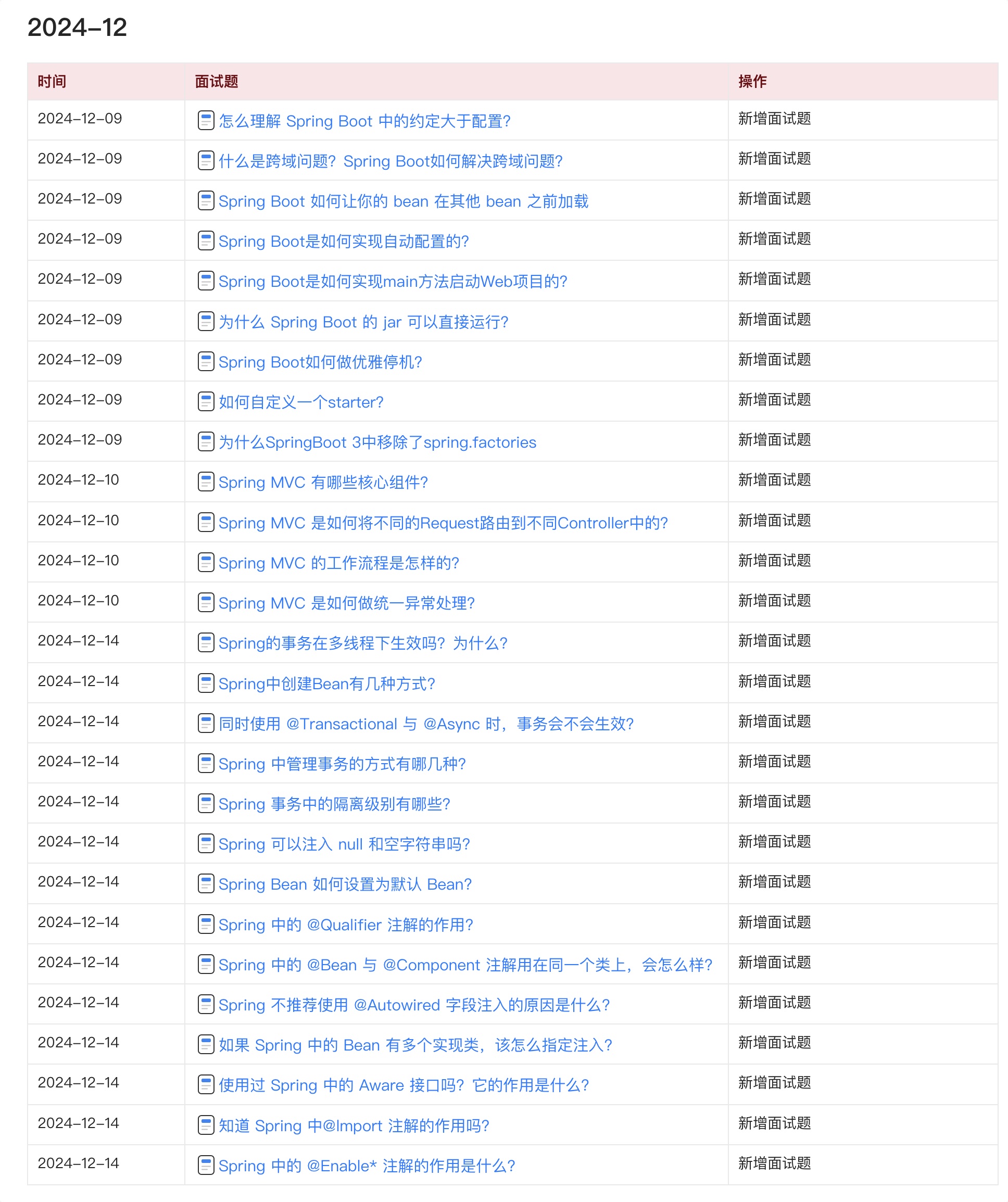一、异步IO模型
异步IO则采用“订阅-通知”模式: 即应用程序向操作系统注册IO监听,然后继续做自己的事情。当操作系统发生IO事件,并且准备好数据后,在主动通知应用程序,触发相应的函数

- 和同步IO一样,异步IO也是由操作系统进行支持的。微软的windows系统提供了一种异步IO技术:IOCP(I/O CompletionPort,I/O完成端口);
- Linux下由于没有这种异步IO技术,所以使用的是epoll(上文介绍过的一种多路复用IO技术的实现)对异步IO进行模拟。
二、JAVA AIO框架简析

JAVA AIO框架在windows下使用windows IOCP技术,在Linux下使用epoll多路复用IO技术模拟异步IO,这个从JAVA AIO框架的部分类设计上就可以看出来。
例如框架中,在Windows下负责实现套接字通道的具体类是“sun.nio.ch.WindowsAsynchronousSocketChannelImpl”,其引用的IOCP类型文档注释如是:
/**
* Windows implementation of AsynchronousChannelGroup encapsulating an I/O
* completion port.
*/
特别说明一下,请注意在上图中的“java.nio.channels.NetworkChannel”接口,这个接口同样被JAVA NIO框架实现了,如下图所示:

代码示例
客户端和第二篇文章一下,本篇只给出服务端代码
服务端:
package demo.com.test.io.aio;
import java.net.InetSocketAddress;
import java.nio.channels.AsynchronousChannelGroup;
import java.nio.channels.AsynchronousServerSocketChannel;
import java.util.concurrent.ExecutorService;
import java.util.concurrent.Executors;
public class AioSocketServer {
private static final Object waitObject = new Object();
/**
* @param args
* @throws Exception
*/
public static void main(String[] args) throws Exception {
/*
* 对于使用的线程池技术,我一定要多说几句
* 1、Executors是线程池生成工具,通过这个工具我们可以很轻松的生成“固定大小的线程池”、“调度池”、“可伸缩线程数量的池”。具体请看API Doc
* 2、当然您也可以通过ThreadPoolExecutor直接生成池。
* 3、这个线程池是用来得到操作系统的“IO事件通知”的,不是用来进行“得到IO数据后的业务处理的”。要进行后者的操作,您可以再使用一个池(最好不要混用)
* 4、您也可以不使用线程池(不推荐),如果决定不使用线程池,直接AsynchronousServerSocketChannel.open()就行了。
* */
ExecutorService threadPool = Executors.newFixedThreadPool(20);
AsynchronousChannelGroup group = AsynchronousChannelGroup.withThreadPool(threadPool);
final AsynchronousServerSocketChannel serverSocket = AsynchronousServerSocketChannel.open(group);
//设置要监听的端口“0.0.0.0”代表本机所有IP设备
serverSocket.bind(new InetSocketAddress("0.0.0.0", 8083));
//为AsynchronousServerSocketChannel注册监听,注意只是为AsynchronousServerSocketChannel通道注册监听
//并不包括为 随后客户端和服务器 socketchannel通道注册的监听
serverSocket.accept(null, new ServerSocketChannelHandle(serverSocket));
//等待,以便观察现象(这个和要讲解的原理本身没有任何关系,只是为了保证守护线程不会退出)
synchronized(waitObject) {
waitObject.wait();
}
}
}
package demo.com.test.io.aio;
import java.nio.ByteBuffer;
import java.nio.channels.AsynchronousServerSocketChannel;
import java.nio.channels.AsynchronousSocketChannel;
import java.nio.channels.CompletionHandler;
import org.apache.commons.logging.Log;
import org.apache.commons.logging.LogFactory;
/**
* 这个处理器类,专门用来响应 ServerSocketChannel 的事件。
* ServerSocketChannel只有一种事件:接受客户端的连接
* @author keep_trying
*/
public class ServerSocketChannelHandle implements CompletionHandler<AsynchronousSocketChannel, Void> {
/**
* 日志
*/
private static final Log LOGGER = LogFactory.getLog(ServerSocketChannelHandle.class);
private AsynchronousServerSocketChannel serverSocketChannel;
/**
* @param serverSocketChannel
*/
public ServerSocketChannelHandle(AsynchronousServerSocketChannel serverSocketChannel) {
this.serverSocketChannel = serverSocketChannel;
}
/**
* 注意,我们分别观察 this、socketChannel、attachment三个对象的id。
* 来观察不同客户端连接到达时,这三个对象的变化,以说明ServerSocketChannelHandle的监听模式
*/
@Override
public void completed(AsynchronousSocketChannel socketChannel, Void attachment) {
ServerSocketChannelHandle.LOGGER.info("completed(AsynchronousSocketChannel result, ByteBuffer attachment)");
//每次都要重新注册监听(一次注册,一次响应),但是由于“文件状态标示符”是独享的,所以不需要担心有“漏掉的”事件
this.serverSocketChannel.accept(attachment, this);
//为这个新的socketChannel注册“read”事件,以便操作系统在收到数据并准备好后,主动通知应用程序
//在这里,由于我们要将这个客户端多次传输的数据累加起来一起处理,所以我们将一个stringbuffer对象作为一个“附件”依附在这个channel上
//
ByteBuffer readBuffer = ByteBuffer.allocate(2550);
socketChannel.read(readBuffer, new StringBuffer(), new SocketChannelReadHandle(socketChannel , readBuffer));
}
/* (non-Javadoc)
* @see java.nio.channels.CompletionHandler#failed(java.lang.Throwable, java.lang.Object)
*/
@Override
public void failed(Throwable exc, Void attachment) {
ServerSocketChannelHandle.LOGGER.info("failed(Throwable exc, ByteBuffer attachment)");
}
}
package demo.com.test.io.aio;
import java.io.IOException;
import java.io.UnsupportedEncodingException;
import java.net.URLEncoder;
import java.nio.ByteBuffer;
import java.nio.channels.AsynchronousSocketChannel;
import java.nio.channels.CompletionHandler;
import org.apache.commons.logging.Log;
import org.apache.commons.logging.LogFactory;
/**
* 负责对每一个socketChannel的数据获取事件进行监听。<p>
*
* 重要的说明:一个socketchannel都会有一个独立工作的SocketChannelReadHandle对象(CompletionHandler接口的实现),
* 其中又都将独享一个“文件状态标示”对象FileDescriptor、
* 一个独立的由程序员定义的Buffer缓存(这里我们使用的是ByteBuffer)、
* 所以不用担心在服务器端会出现“窜对象”这种情况,因为JAVA AIO框架已经帮您组织好了。<p>
*
* 但是最重要的,用于生成channel的对象:AsynchronousChannelProvider是单例模式,无论在哪组socketchannel,
* 对是一个对象引用(但这没关系,因为您不会直接操作这个AsynchronousChannelProvider对象)。
* @author keep_trying
*/
public class SocketChannelReadHandle implements CompletionHandler<Integer, StringBuffer> {
/**
* 日志
*/
private static final Log LOGGER = LogFactory.getLog(SocketChannelReadHandle.class);
private AsynchronousSocketChannel socketChannel;
/**
* 专门用于进行这个通道数据缓存操作的ByteBuffer<br>
* 当然,您也可以作为CompletionHandler的attachment形式传入。<br>
* 这是,在这段示例代码中,attachment被我们用来记录所有传送过来的Stringbuffer了。
*/
private ByteBuffer byteBuffer;
public SocketChannelReadHandle(AsynchronousSocketChannel socketChannel , ByteBuffer byteBuffer) {
this.socketChannel = socketChannel;
this.byteBuffer = byteBuffer;
}
/* (non-Javadoc)
* @see java.nio.channels.CompletionHandler#completed(java.lang.Object, java.lang.Object)
*/
@Override
public void completed(Integer result, StringBuffer historyContext) {
//如果条件成立,说明客户端主动终止了TCP套接字,这时服务端终止就可以了
if(result == -1) {
try {
this.socketChannel.close();
} catch (IOException e) {
SocketChannelReadHandle.LOGGER.error(e);
}
return;
}
SocketChannelReadHandle.LOGGER.info("completed(Integer result, Void attachment) : 然后我们来取出通道中准备好的值");
/*
* 实际上,由于我们从Integer result知道了本次channel从操作系统获取数据总长度
* 所以实际上,我们不需要切换成“读模式”的,但是为了保证编码的规范性,还是建议进行切换。
*
* 另外,无论是JAVA AIO框架还是JAVA NIO框架,都会出现“buffer的总容量”小于“当前从操作系统获取到的总数据量”,
* 但区别是,JAVA AIO框架中,我们不需要专门考虑处理这样的情况,因为JAVA AIO框架已经帮我们做了处理(做成了多次通知)
* */
this.byteBuffer.flip();
byte[] contexts = new byte[1024];
this.byteBuffer.get(contexts, 0, result);
this.byteBuffer.clear();
try {
String nowContent = new String(contexts , 0 , result , "UTF-8");
historyContext.append(nowContent);
SocketChannelReadHandle.LOGGER.info("================目前的传输结果:" + historyContext);
} catch (UnsupportedEncodingException e) {
SocketChannelReadHandle.LOGGER.error(e);
}
//如果条件成立,说明还没有接收到“结束标记”
if(historyContext.indexOf("over") == -1) {
return;
}else{
//清空已经读取的缓存,并从新切换为写状态(这里要注意clear()和capacity()两个方法的区别)
this.byteBuffer.clear();
SocketChannelReadHandle.LOGGER.info("客户端发来的信息======message : " + historyContext);
//======================================================
// 当然接受完成后,可以在这里正式处理业务了
//======================================================
//回发数据,并关闭channel
ByteBuffer sendBuffer = null;
try {
sendBuffer = ByteBuffer.wrap(URLEncoder.encode("你好客户端,这是服务器的返回数据", "UTF-8").getBytes());
socketChannel.write(sendBuffer);
socketChannel.close();
} catch (Exception e) {
e.printStackTrace();
}
}
//=========================================================================
// 和上篇文章的代码相同,我们以“over”符号作为客户端完整信息的标记
//=========================================================================
SocketChannelReadHandle.LOGGER.info("=======收到完整信息,开始处理业务=========");
historyContext = new StringBuffer();
//还要继续监听(一次监听一次通知)
this.socketChannel.read(this.byteBuffer, historyContext, this);
}
/* (non-Javadoc)
* @see java.nio.channels.CompletionHandler#failed(java.lang.Throwable, java.lang.Object)
*/
@Override
public void failed(Throwable exc, StringBuffer historyContext) {
SocketChannelReadHandle.LOGGER.info("=====发现客户端异常关闭,服务器将关闭TCP通道");
try {
this.socketChannel.close();
} catch (IOException e) {
SocketChannelReadHandle.LOGGER.error(e);
}
}
}
要点讲解
- 在JAVA NIO框架中,我们说到了一个重要概念“selector”(选择器)。它负责代替应用查询中所有已注册的通道到操作系统中进行IO事件轮询、管理当前注册的通道集合,定位发生事件的通道等操操作;但是在JAVA AIO框架中,由于应用程序不是“轮询”方式,而是订阅-通知方式,所以不再需要“selector”(选择器)了,改由channel通道直接到操作系统注册监听。
- JAVA AIO框架中,只实现了两种网络IO通道“AsynchronousServerSocketChannel”(服务器监听通道)、“AsynchronousSocketChannel”(socket套接字通道)。但是无论哪种通道他们都有独立的fileDescriptor(文件标识符)、attachment(附件,附件可以使任意对象,类似“通道上下文”),并被独立的SocketChannelReadHandle类实例引用。我们通过debug操作来看看它们的引用结构:
在测试过程中,我们启动了两个客户端,然后我们观察服务器端对这两个客户端通道的处理情况:

可以看到,在服务器端分别为客户端1和客户端2创建的两个WindowsAsynchronousSocketChannelImpl对象为:

客户端1:WindowsAsynchronousSocketChannelImpl:760 | FileDescriptor:762
客户端2:WindowsAsynchronousSocketChannelImpl:792 | FileDescriptor:797
接下来,我们让两个客户端发送信息到服务器端,并观察服务器端的处理情况。客户端1发来的消息和客户端2发来的消息,在服务器端的处理情况如下图所示:

客户端1:WindowsAsynchronousSocketChannelImpl:760 | FileDescriptor:762 | SocketChannelReadHandle:803 | HeapByteBuffer:808
客户端2:WindowsAsynchronousSocketChannelImpl:792 | FileDescriptor:797 | SocketChannelReadHandle:828 | HeapByteBuffer:833
可以明显看到,服务器端处理每一个客户端通道所使用的SocketChannelReadHandle(处理器)对象都是独立的,并且所引用的SocketChannel对象都是独立的。
- JAVA NIO和JAVA AIO框架,除了因为操作系统的实现不一样而去掉了Selector外,其他的重要概念都是存在的,例如上文中提到的Channel的概念,还有演示代码中使用的Buffer缓存方式。实际上JAVA NIO和JAVA AIO框架您可以看成是一套完整的“高并发IO处理”的实现。
Java 面试宝典是大明哥全力打造的 Java 精品面试题,它是一份靠谱、强大、详细、经典的 Java 后端面试宝典。它不仅仅只是一道道面试题,而是一套完整的 Java 知识体系,一套你 Java 知识点的扫盲贴。
它的内容包括:
- 大厂真题:Java 面试宝典里面的题目都是最近几年的高频的大厂面试真题。
- 原创内容:Java 面试宝典内容全部都是大明哥原创,内容全面且通俗易懂,回答部分可以直接作为面试回答内容。
- 持续更新:一次购买,永久有效。大明哥会持续更新 3+ 年,累计更新 1000+,宝典会不断迭代更新,保证最新、最全面。
- 覆盖全面:本宝典累计更新 1000+,从 Java 入门到 Java 架构的高频面试题,实现 360° 全覆盖。
- 不止面试:内容包含面试题解析、内容详解、知识扩展,它不仅仅只是一份面试题,更是一套完整的 Java 知识体系。
- 宝典详情:https://www.yuque.com/chenssy/sike-java/xvlo920axlp7sf4k
- 宝典总览:https://www.yuque.com/chenssy/sike-java/yogsehzntzgp4ly1
- 宝典进展:https://www.yuque.com/chenssy/sike-java/en9ned7loo47z5aw
目前 Java 面试宝典累计更新 400+ 道,总字数 42w+。大明哥还在持续更新中,下图是大明哥在 2024-12 月份的更新情况:

想了解详情的小伙伴,扫描下面二维码加大明哥微信【daming091】咨询

同时,大明哥也整理一套目前市面最常见的热点面试题。微信搜[大明哥聊 Java]或扫描下方二维码关注大明哥的原创公众号[大明哥聊 Java] ,回复【面试题】 即可免费领取。

